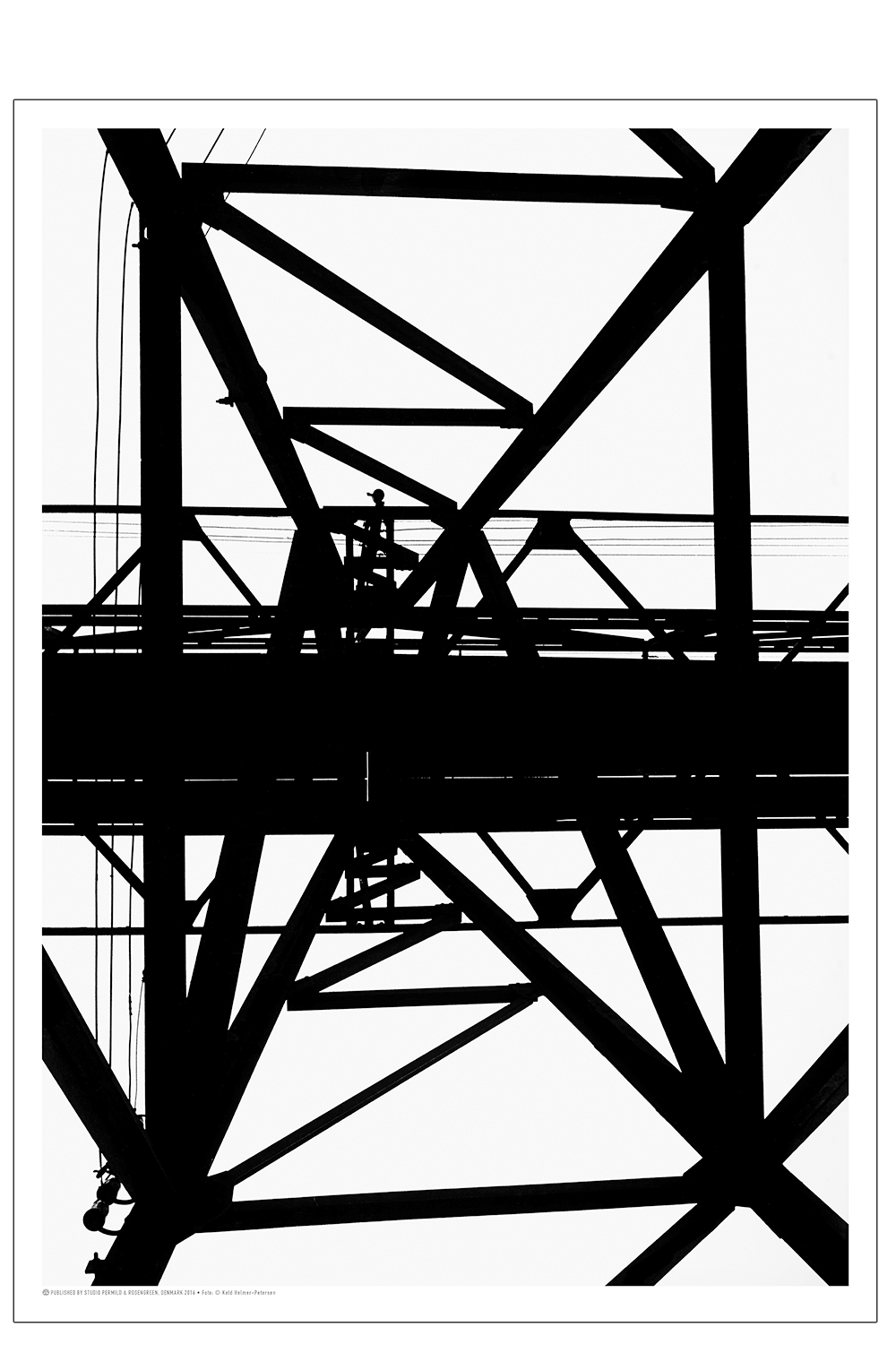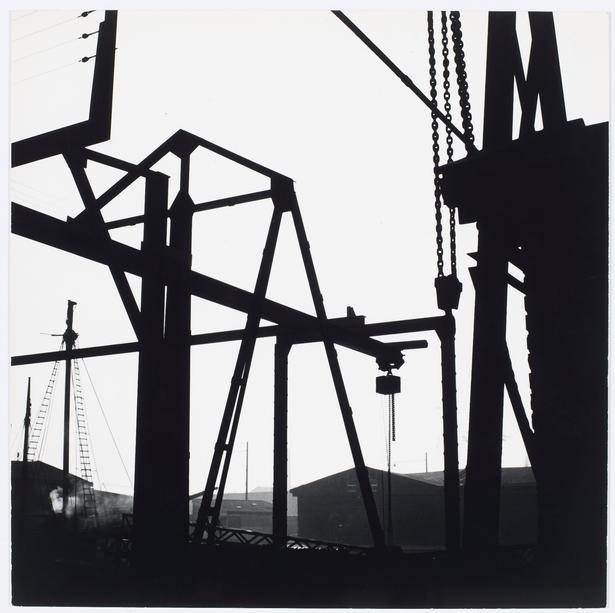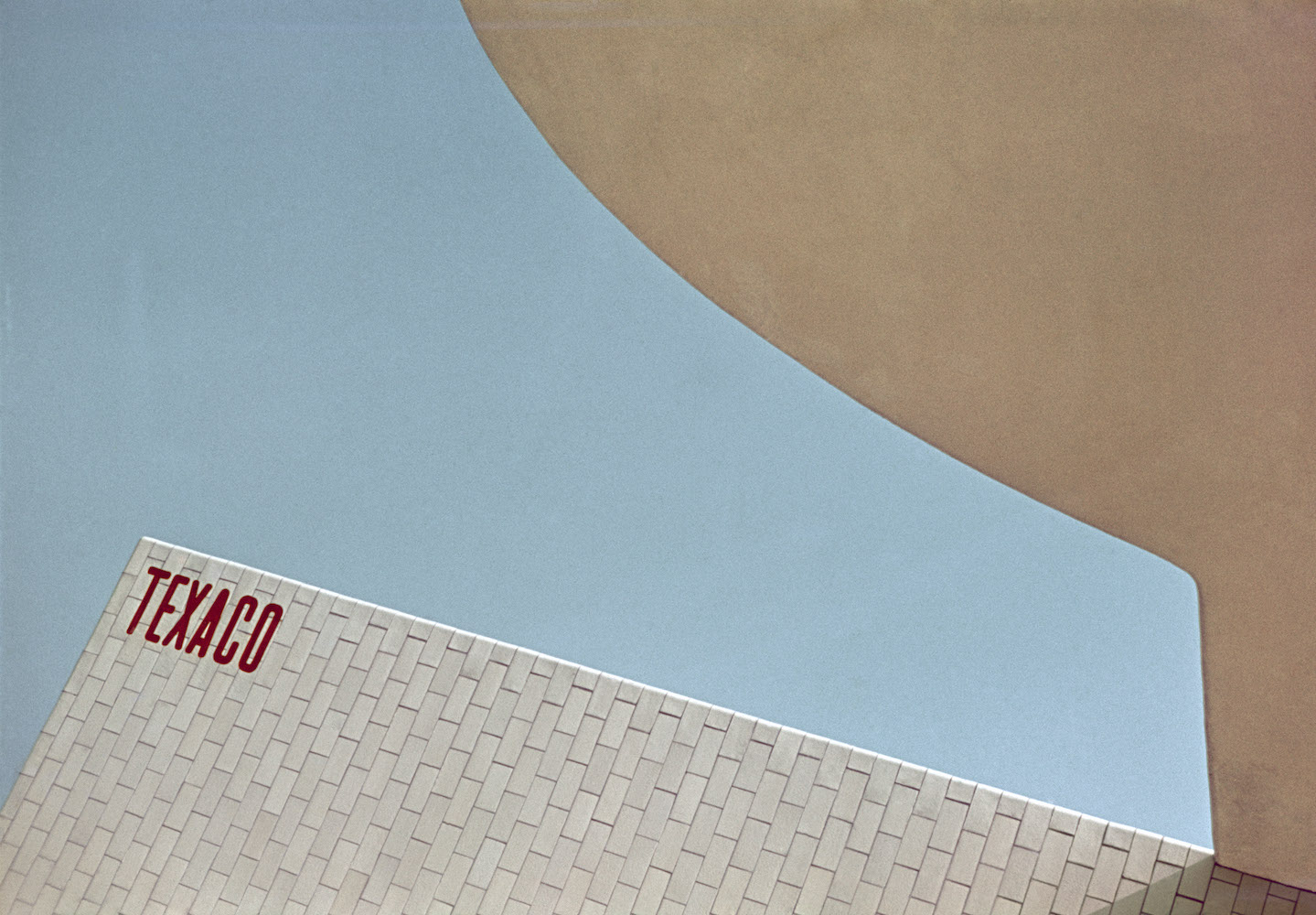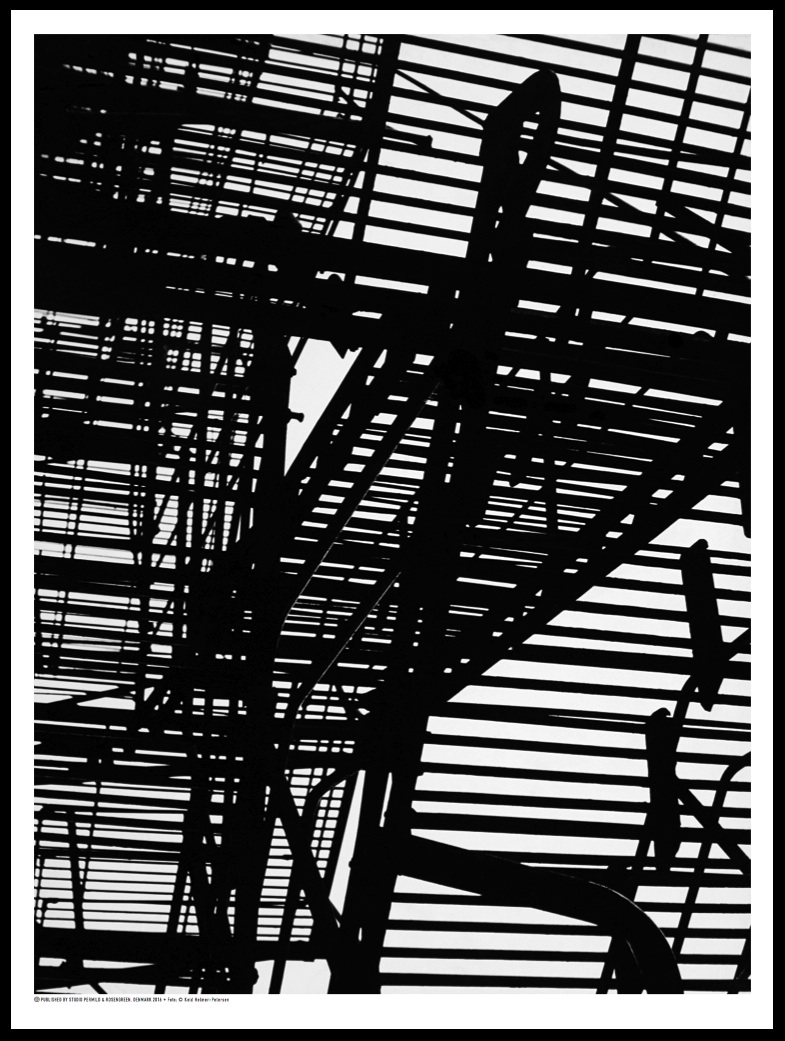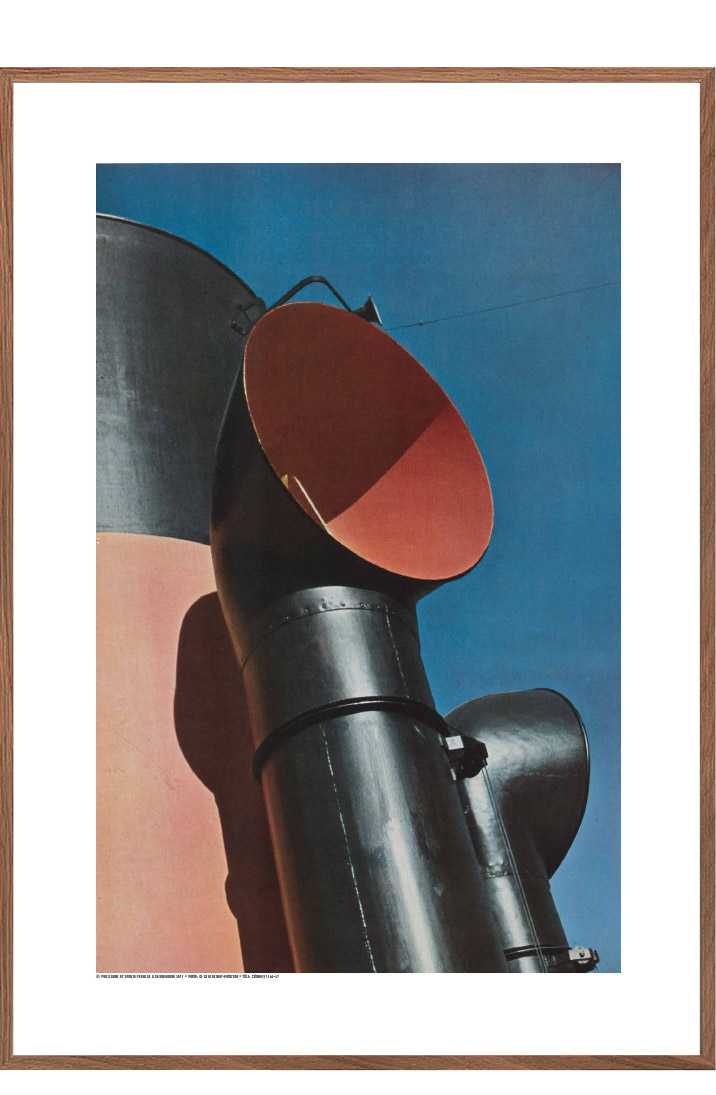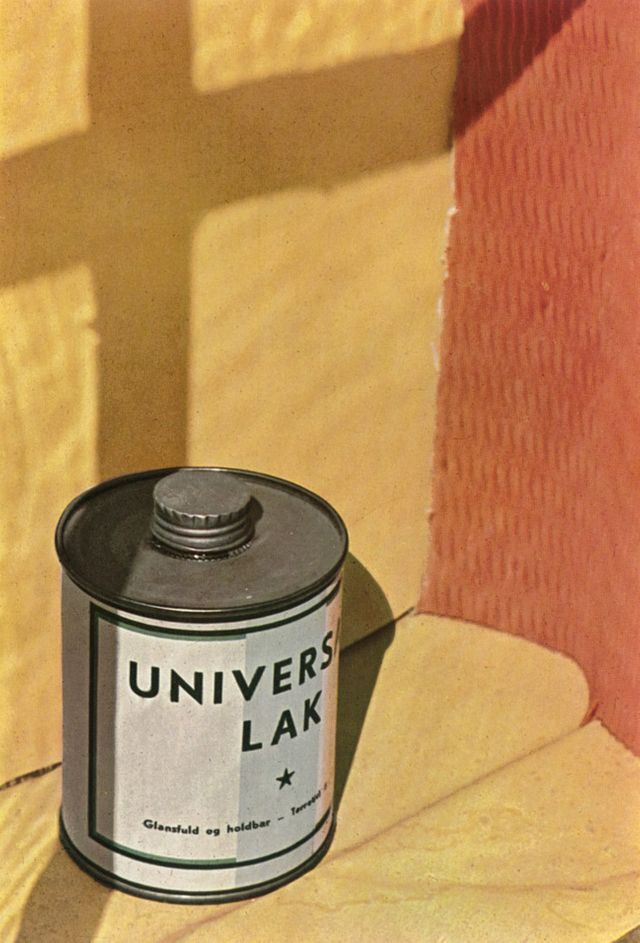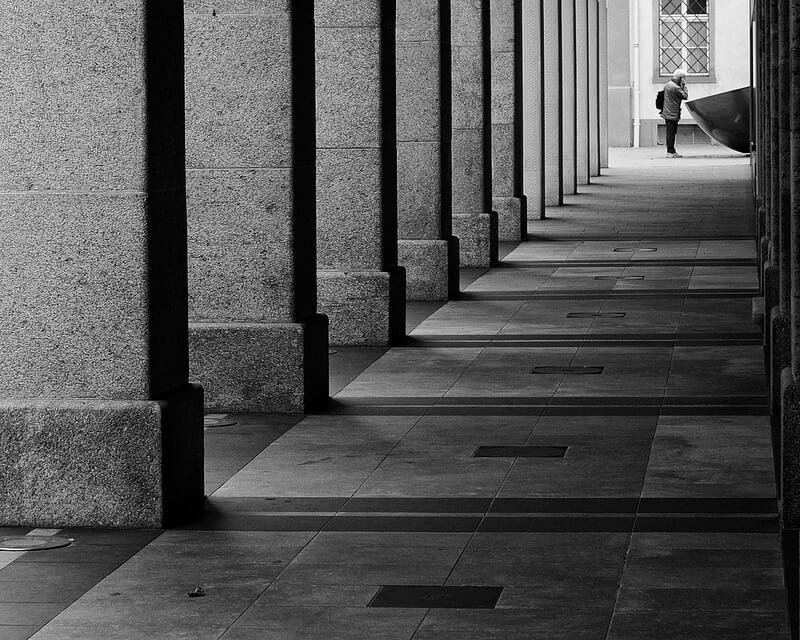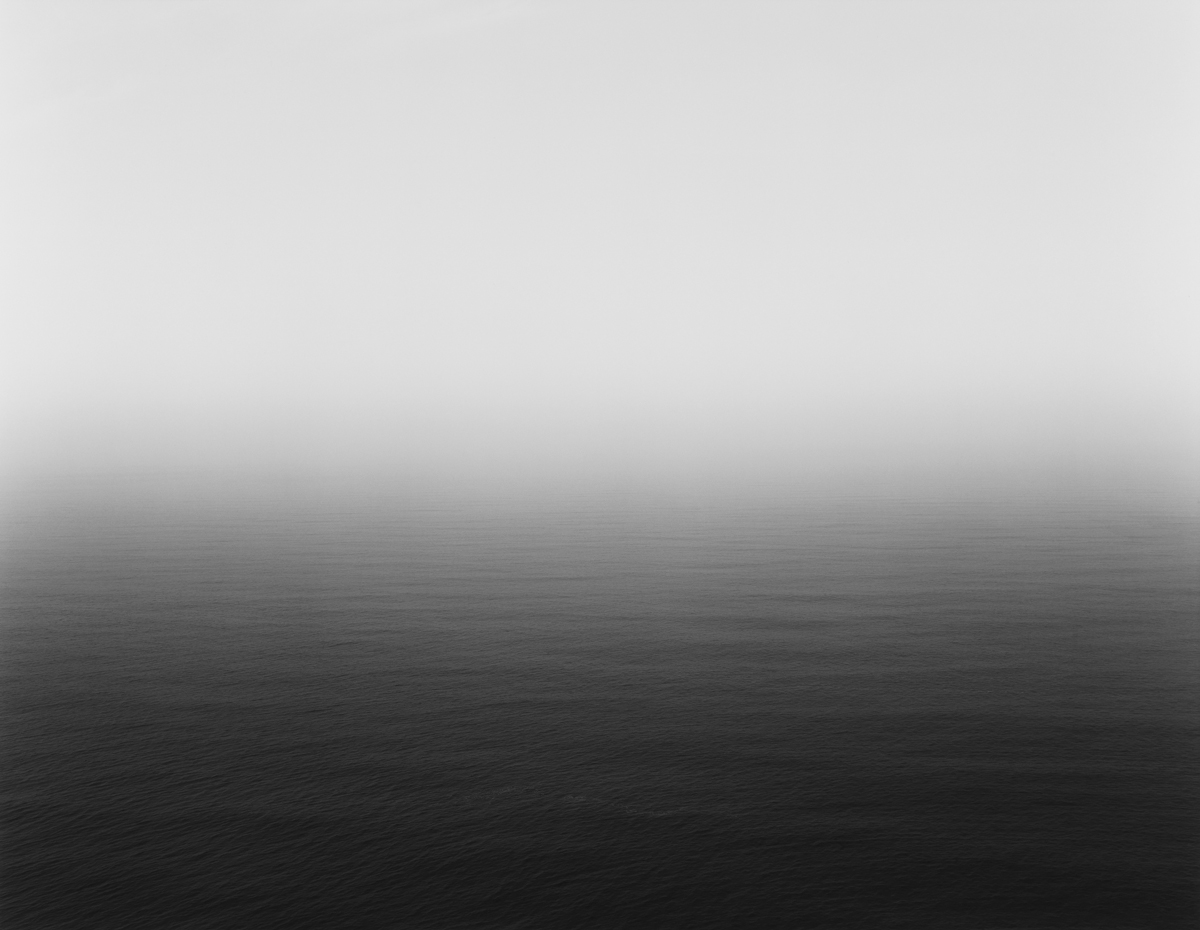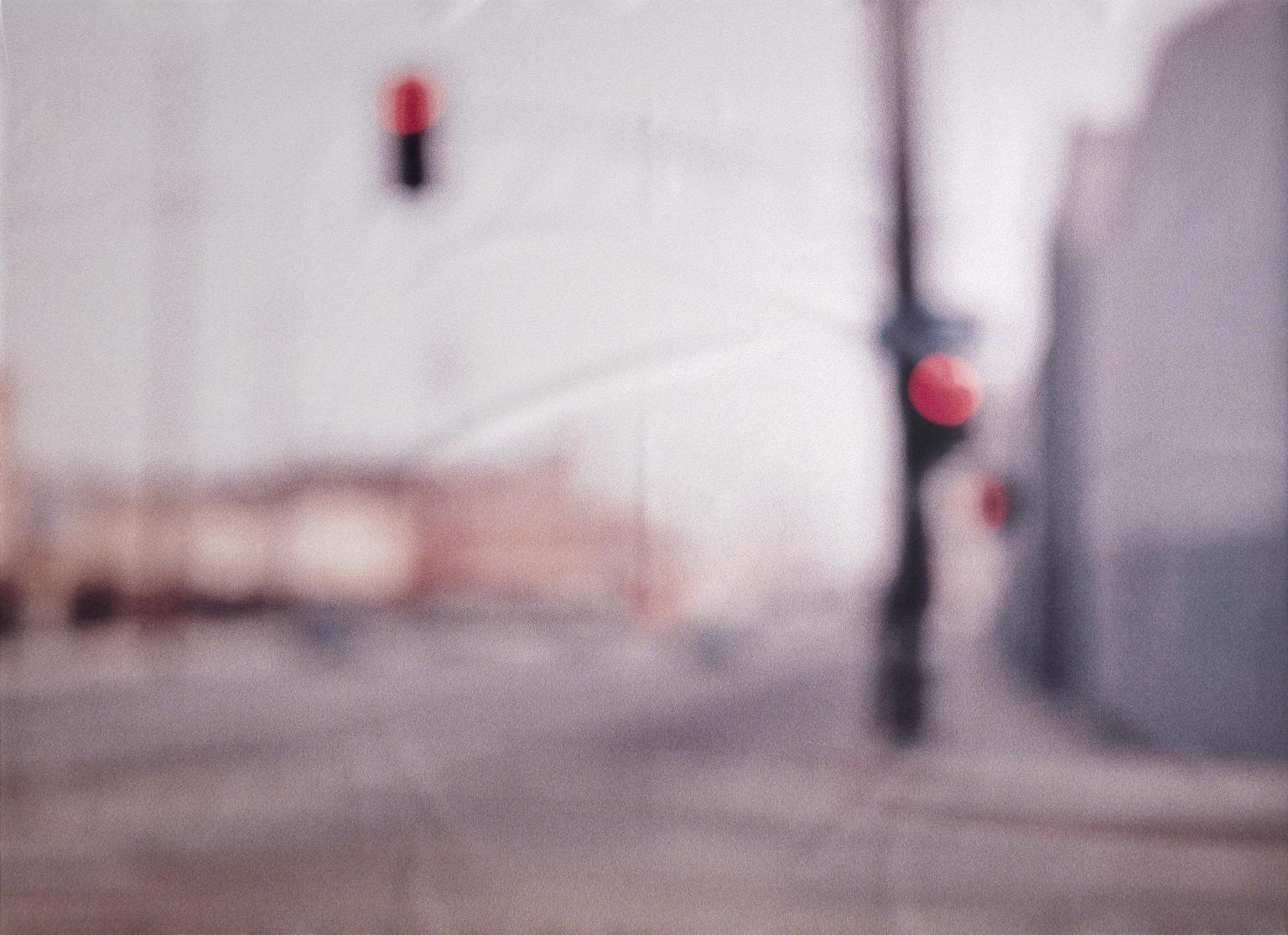
Because my partner and I decided early on that we were going to design a product that serves as a toy for children, we chose to make a plane because our toy will entertain the children and at the same time, teach them about energy transformation. and we tried to make it look as “cool” as possible, so we designed the wings purposefully into that shape, to mimic a battle plane. Our plane is made out of paper straws, paper pins, rubber bands, and foam, all recyclable materials, although foam isn’t considered to be the most recyclable material. Our plane wouldn’t be the most durable toy to play around with, but we believe the accessibility of the material and how easy it takes to construct the plane would out weight the problems of durability. Our plane is very safe to play with, it takes some extra attention when building the plane when you are dealing with hot glue and super glue, but overall it is very safe. Our plane was inspired by a video published by the youtube channel JoshBuilds titled “How to Make a Rubber Band Plane Out of Paper – Very EASY”. We were heavily inspired by that video, we took their design of twisting the propellers that were linked to rubber bands so that releasing the propellers would create the rotation that would help the plane fly. Our innovation was that we took that mechanism and decided to add two propellers to our plane instead of one which was the same as JoshBuilds’ design.
Here is the plan to construct this design.
1, gather materials needed: foam boards, 2 straws, 3 paper clips, 1 plastic cup, 2 toothpicks, 4 rubberbands, super glue, and hot glue.
2, cut the foam board into the wings, and the tails of the plane according to the measurements given.
3, hot glue the wings and tails to a straw according to the plan
4, grab the other straw and cut out three 1cm straws
5, cut the plastic cut vertically, making it into a fan shape, you then lay it flat and cut out 4 propellers.
6, you superglue the propellers to the toothpicks, two propellers per toothpick, the tips of the toothpicks should be glued to the bottom of the propellers.
7, bend the paper clips into small hooks.
8, hot glue the paper clip hooks to the middle toothpick part of the propellers, when the propellers and horizontal, the paper clip hooks should be verticle, glued to the middle of the propeller right on the middle toothpick part.
9, connect 2 rubber bands together, do that 2 times to create two rubberband ropes.
10, hook the ropes to the hooks of the propeller, take the three 1cm straws we cut out earlier and stick two of them under the right & left wings, and stick the last one at the bottom of the tail of the plane.
11. have the rubberband rope connected to the propellers go through the straw holes under the wings first, then let it both go through the straw hole under the tail of the plane, when it goes through, hook both the rubberband ropes to a paper clip, it will stop the rubberband ropes from trying to retract back towards the propellers. seal the paper clip and hot glue it so it doesn’t move.
12, completed.








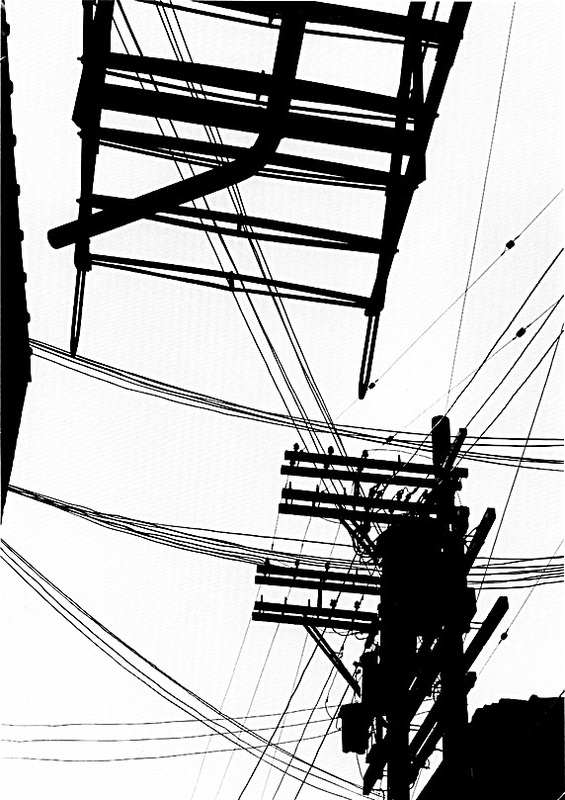 ç
ç